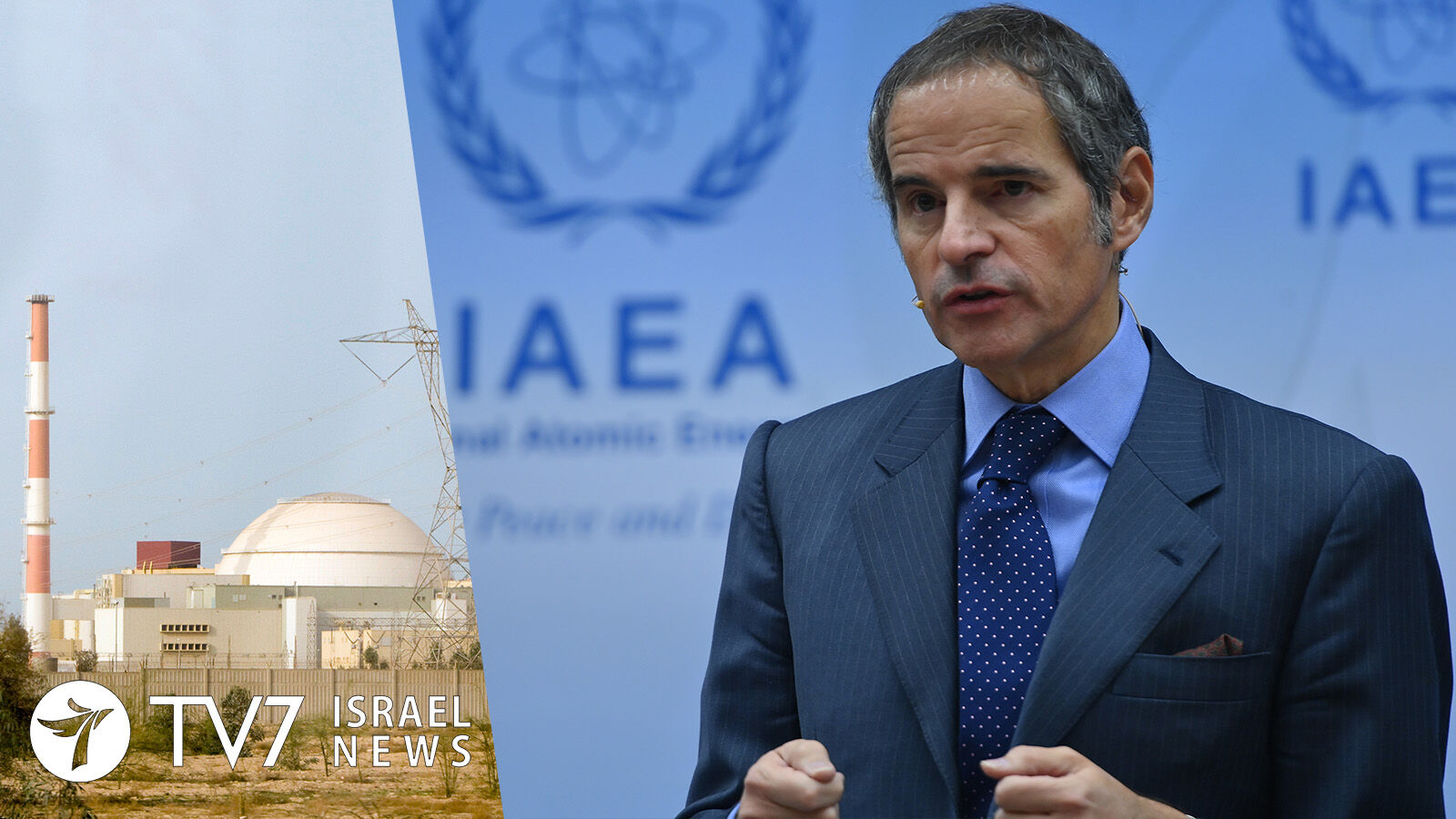The Islamic Republic relocated production of parts for advanced centrifuges out of the TESA Karaj complex only a month after agreeing to allow the United Nations nuclear watchdog to reinstall surveillance cameras there.
By Erin Viner
The International Atomic Energy Agency (IAEA) has revealed that Iran relocated the equipment from the disputed complex to another site in the central city of Isfahan.
A summary statement released by the IAEA on the report’s contents said that organization’s inspectors had placed seals on machines at Karaj and removed its cameras there, confirming that production at Karaj had “ceased.”
“On 19 January 2022, Iran informed the Agency that it intended to produce centrifuge rotor tubes and bellows at a new location in Isfahan, instead of at the centrifuge component production workshop at the TESA Karaj complex, and that the Agency could adjust its surveillance and monitoring measures accordingly,” said a confidential IAEA report seen by Reuters.
The report did not say why Iran had moved production to Isfahan from Karaj, or how the two workshops compare. The IAEA did disclose that surveillance cameras were installed at the new location on 24 January, at which time “production of centrifuge rotor tubes and bellows” had “yet to commence.”
Centrifuges are used to enrich uranium.
The decision to relocate production adds to even more uncertainty over Iran’s nuclear activities, while indirect talks between Tehran and Washington in Vienna on salvaging the 2015 Joint Comprehensive Plan of Action (JCPOA) are at an increasingly fragile stage. Western powers say there are only weeks left before Iran’s nuclear advances would render the deal utterly obsolete.
The workshop at the TESA Karaj complex has long been a site of tension and suspicion between Iran and the international community.
One of the IAEA’s 4 surveillance cameras was destroyed in an apparent attack last June that Iran blamed on its arch-foe Israel, which declined to comment. After the incident, the Islamic Republic removed all of the photography equipment and the destroyed camera’s footage is still missing. The UN nuclear watchdog and Western powers have repeatedly demand Tehran locate and turn over the footage.
After a months-long standoff threatened to scuttle the wider nuclear talks, Iran finally agreed to let the IAEA re-install its cameras at Karaj just last month.
Diplomats cited by Reuters said that with the IAEA having been kept away from Karaj for so long and camera footage remaining with Iran for the time being, it is unclear what exactly happened at the complex after the alleged sabotage incident, and whether equipment that could potentially be used to make nuclear weapons has secretly been siphoned off.
Tehran began to openly breach JCPOA nuclear curbs, including uranium enrichment necessary to produce nuclear weapons after then-US President Donald Trump withdrew from the pact in 2018 and re-imposed harsh economic sanctions on the Islamic Republic. The Trump Administration and successive Israeli governments have rejected Iranian claims that its nuclear development program is for ‘purely peaceful purposes,’ particularly in the wake of the Ayatollah regime’s repeated vows to annihilate the Jewish State.
Israel has consistently warned that its arch-enemy will try to secure a windfall in sanctions relief at the talks, without sufficiently rolling back its quest to obtain atomic bombs.
Israel reserves the right to act to protect itself, Israeli Prime Minister Naftali Bennett has stressed, including consideration of a “Plan B” military strikes on Iranian nuclear facilities.
